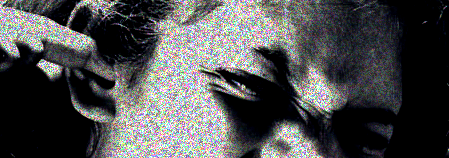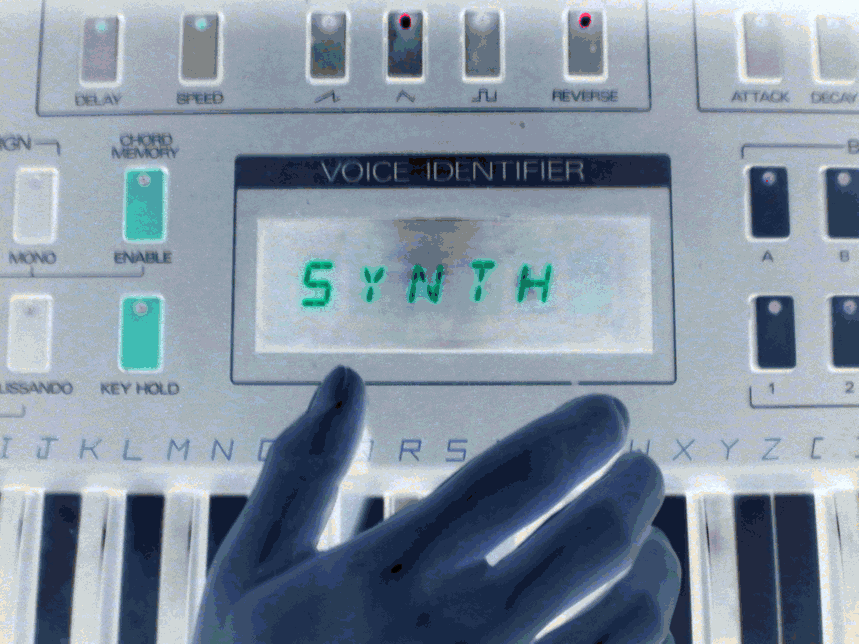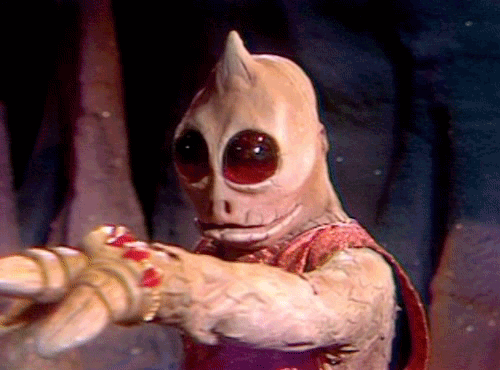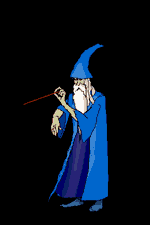
So you want to sound like a Dalek eh?
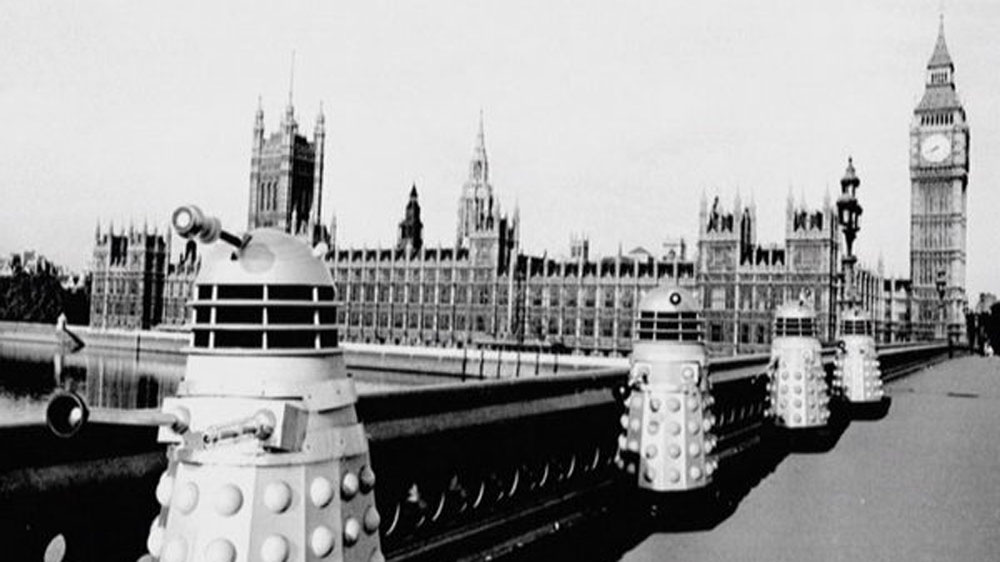
The DaleksWhen the Daleks first appeared in 1963 a lot of the technology that modern audio production facilities take for granted just weren’t available to production teams. The main piece of technology involved in the creation Dalek voices was what is known as a ring modulator. A ring modulator works on the premise of taking two audio sources that are involved in a process which takes the sum and differences of the frequencies that are a part of the two audio sources (and in the case of software a multiplication of signal content/frequencies occurs). Typically a ring modulator may provide different types of wave to modulate any input by (i.e. by a sine wave). Thus the two sound sources are defined as the input (vocal) and the waveform that is being used to modulate it.In the case of a ring modulator we typically talk about modulating by the amplitude of waveforms (The amplitude being the ‘height’ part of the wave). In the case of the Daleks the original setting was a modulation frequency of 30hz. In the case of the Daleks created by BigFinish we are looking at a modulation rate around double (November 02/2004, the guess of double the modulation rate has been proven right by information published at justyce.org from an interview with Alistair Lock, this does not mean all BF stories follow the pattern). However there is a lot more to the sound unfortunately, and from another point of view I suspect that if you looked at the output of the original ring modulator that the modulating waveform i.e. a sine wave may in fact may NOT be perfect. Recreating such malformed waveforms is probably near impossible as most digital equipment and algorithms attempt to be extremely close to perfect (or attempt to makeup for their inaccuracies). In the world of analog hardware not every sine wave is perfect and there are unique flaws and design limitations to most pieces of equipment that affect the output (of the equipment) as well.
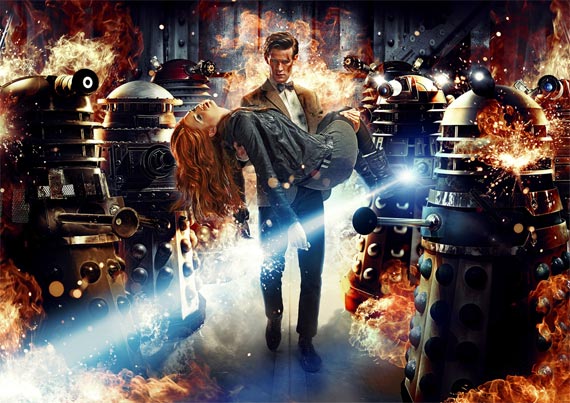
The Degeneration of the Daleks
From listening to various recordings of Daleks it’s not hard to see that the effect employed has become far more complex and different over time. On one end of the scale we have the first appearance of The Daleks in 1963, then the final appearance of the Daleks on television (yes I’m sticking with that fact) in “Remembrance of the Daleks” 1988. There is a stark contrast between Dalek vocals produced in 1963 to those produced in 1988. Over the years it appears that the settings employed to create them has changed; at a guess this fact is primarily because the ring modulator used was most likely utilized in many different programs (not just for vocal fx I’d imagine). The other fact that made replication of the sound is that it appears that nobody really bothered to write down how they did what and why; leading to all kinds of issues and the appearance of quite aweful fx as heard on BBC trailers around the time of the release of “The Mind of Evil” on VHS (1998). From my own little investigations the following facts in regards to the sound probably stand as being true/or at least perceptively so:

Daleks in 1963 were done very simply with little/next to no pre or post production processing beyond the actual ring modulator
Daleks in “Genesis of the Daleks” & “Resurrection of the Daleks” & “Revelation of the Daleks” have been extensively post produced.
Daleks in “Remembrance of the Daleks” have more in common with current off the shelf digital fx processing technology than any other generation of Daleks since 1963. These Daleks were extensively pre & post produced. There is no pitch shifting involved in creating this generation of Dalek either, although they do seem to be rich in higher frequencies than prior generations (I tend to call them “Happy” Daleks, as they are spectrally speaking rather bright). I suspect this generation was based on the effect as heard in such episodes as the William Hartnell era story “The Chase” (1965), which would probably have been made available to the production team at the time. Further these Daleks do not sound to me as if they were made with the original ring modulator or if they are there was some kind of routing and further processing involved, although I quite doubt it. I suspect this effect was generated through a similar process to the Cybermen that appear in the 1988 adventure “The Silver Nemesis”.
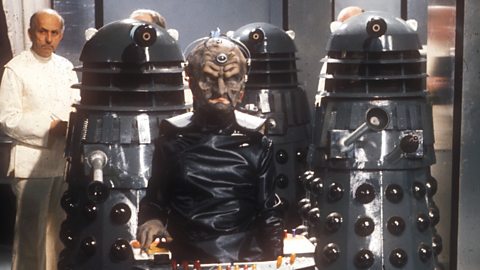
Genesis of the Daleks
Just a brief comment. The ringmodulator setting for this lot would seem to be ~24hz. (Which just happens to be a similar setup as used by JM&KH in their “Millenium of the Daleks” adventure).
Ressurection of the Daleks: A slightly closer look
After having a listen to the dialogue on my old beat up copy of this serial it would seem some of my guesses about the effect used here may well be true. The effect in Ressurection has departed quite significantly from the original means of making the Dalek effect as it had been produced in prior stories. It would appear that the production team had difficulties trying to reproduce the irregularities of the original analog signal chain and modulation source(s). Something extra had to be done and it appears some form of digital distortion was used (perhaps in attempt to emulate the older effect, then giving up on trying to achieve it and finding something pretty nice, or a happy accident that allowed them to maybe ‘modernize’ the effect?) in conjunction with a ring modulator (the original? Maybe not).
Remembrance of the Daleks: A more detailed look
Since coming into possesion of a retail copy of the original videotape of this adventure (it’s a good thing this isn’t a review of the story but rather the fx I think!) a number of things have become obvious. It seems a somewhat different approach was taken in Remembrance to many other Dalek stories in that the Dalek vocal fx seems to be all over the place in terms of settings and modulation. There is very little consistency throughout the story in terms to the Dalek vocals and how they were processed. This might make it sound as if things were haphazardly thrown together, but in fact I believe the reason this was done to emphasize the emotion and state of distress/operation of the various Daleks even within the same “faction” (it may also be that the people putting the program together got a tad lost at times considering there is very little obvious difference between the factions bar the colour variations). From my own observations at a guess this has led to Dalek vocals with a huge difference in the modulation frequencies used, with an educated guess that it switches between anywhere around ~10-30hz. So there goes the myth of all Daleks being at 30hz with different pitch variations in the performances of actors only doesn’t it? Gee this article is starting to sound very fan boy sad (are sound designers ever seen to be as sad?).
There will be some sample files up with some contrast as soon as the author of this article can get around to it/feels well enough to.
A short reminder for people who have made or intend to create Dalek like voice fx
The Dalek Vocal effect is NOT achieved by flangering, phasing and or pure pitch shifting. Those approaches tend to sound horrid and incredibly amateurish. The ‘silver buillet’ solution: use a ring modulator. 30hz. Tweak. Not to mention try and sound like a Dalek.
Another terrible myth is that the signal modulation setting on the ringmodulator should be set in excess of 100hz or multiples of 20-30hz, this is not the case. Vocals become VERY difficult to discern at high multiples in that range.
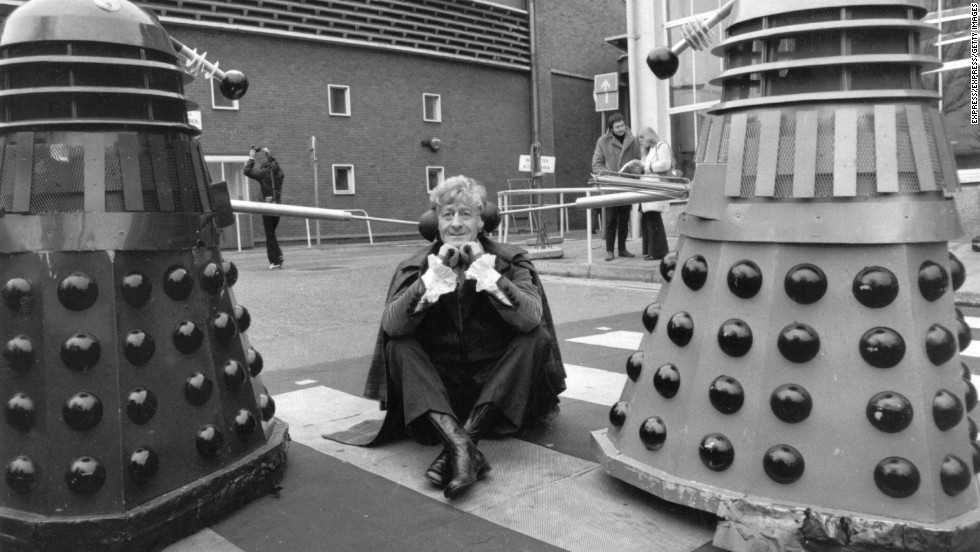
http://homepage.powerup.com.au/~spratleo/Tech/Dalek_Voice_Primer.html
ARP Solus CD4011 Ring Modulator

MS20 CD4011 Ring Modulator

Redrawn MS RM



